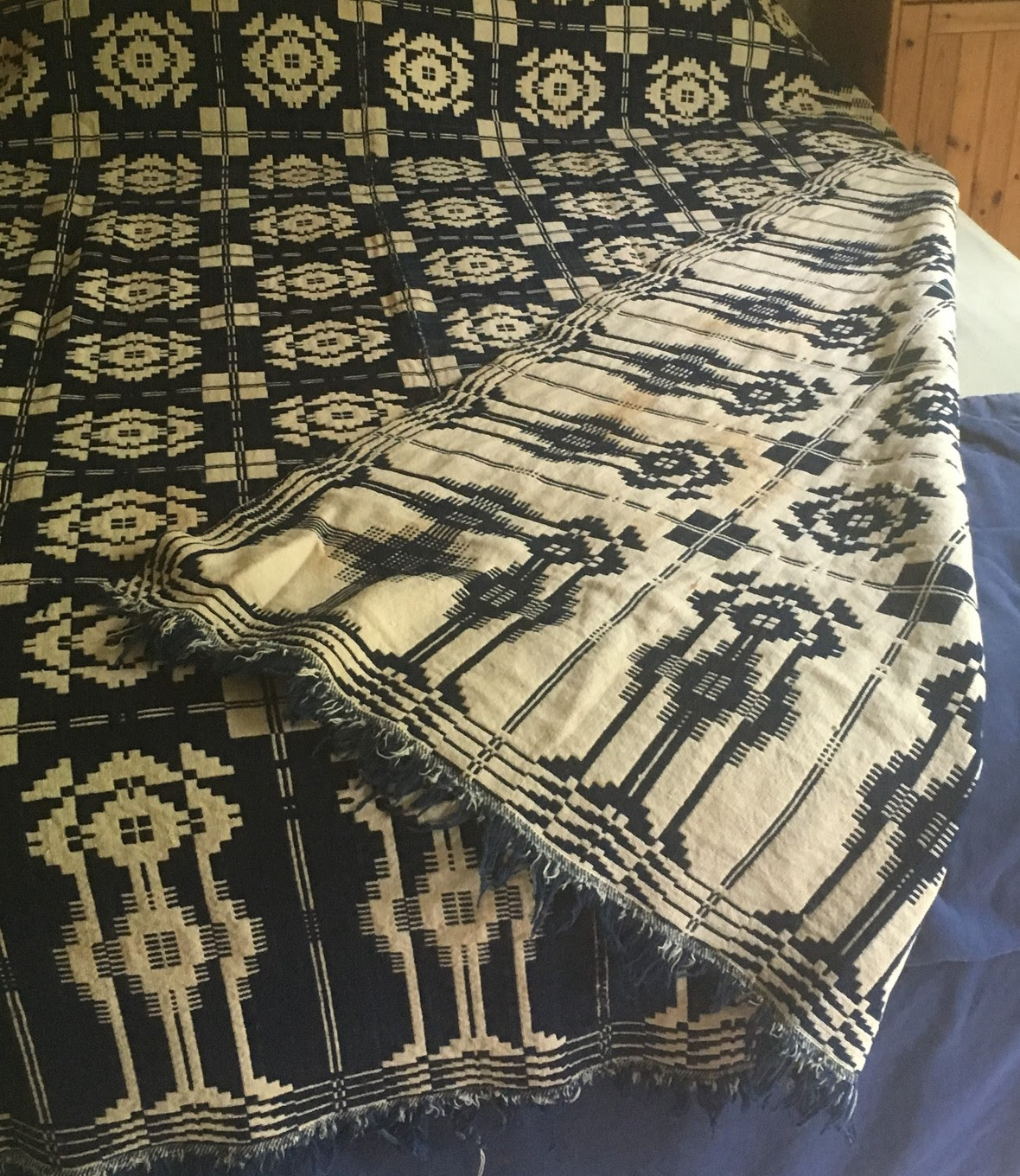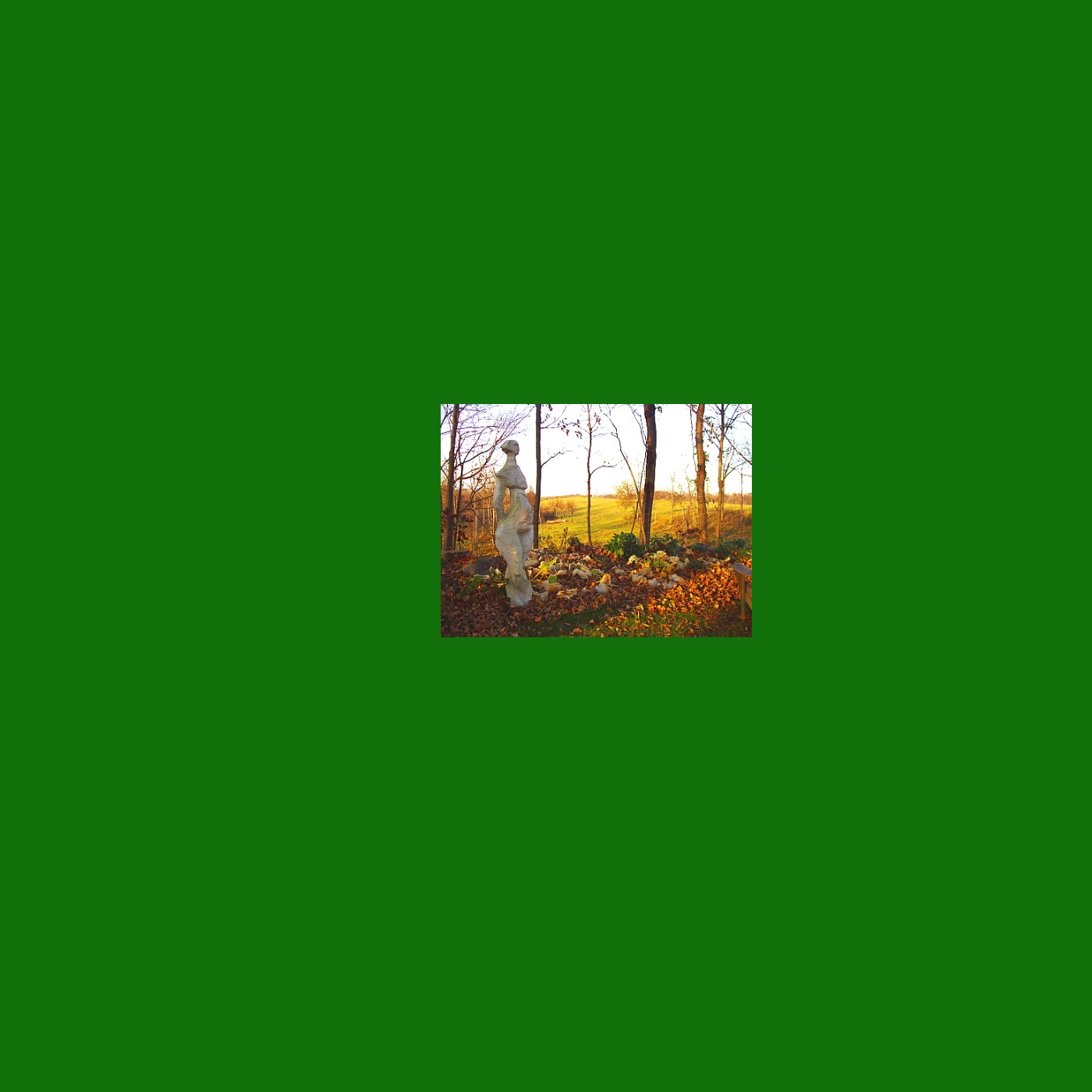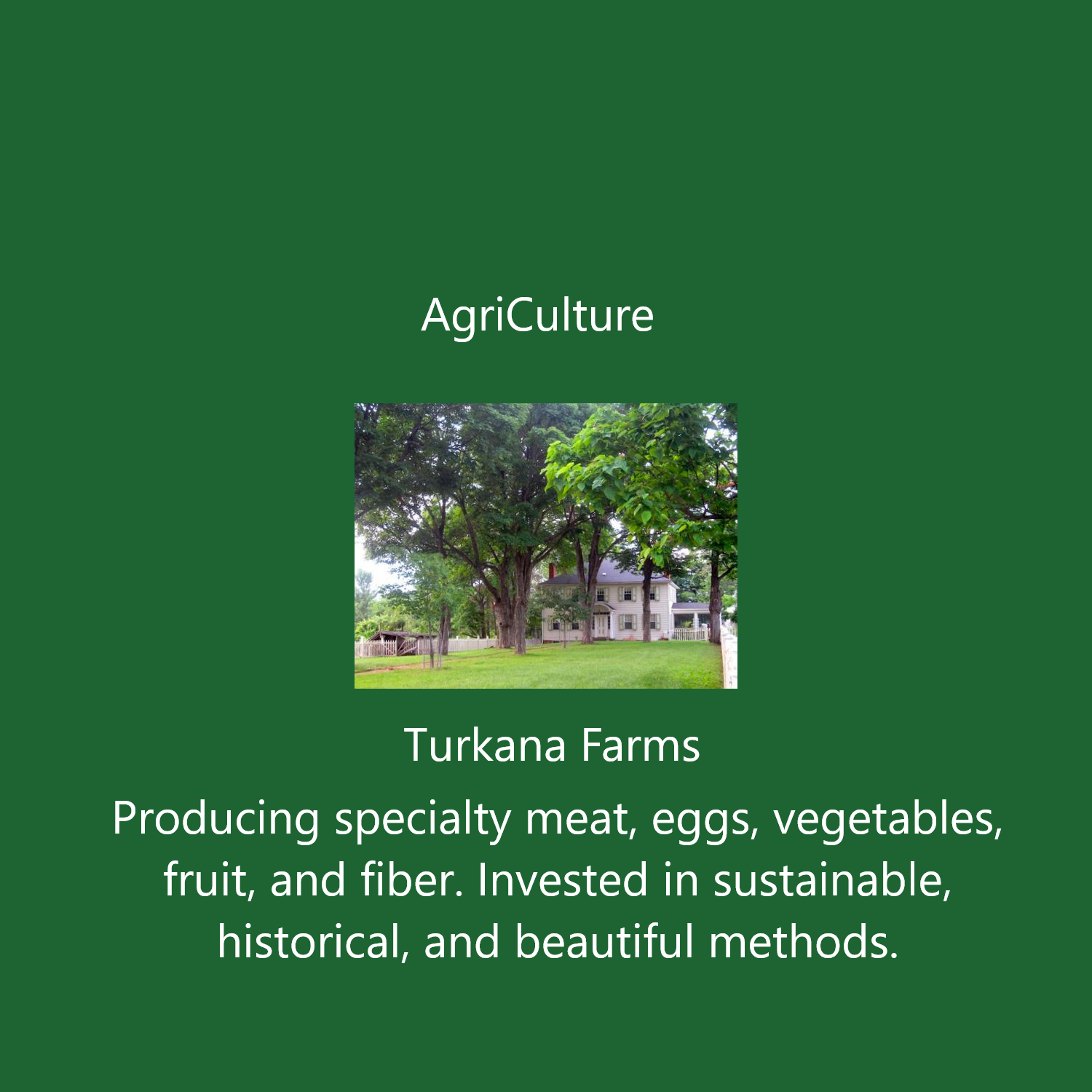| TURKANA FARMS, LLC |

| WHAT'S NEW THIS WEEK:Radishes are on a break, but we now have spinach and dill. And the baby Oasis turnips have gotten bigger. |
 This coverlet is an affront to God, and on my bed no less Photo by Jolie Spindler
This coverlet is an affront to God, and on my bed no less Photo by Jolie Spindler
| Woolology Hello all, Troy here. This week, our longest stretch of sunny days so far came to an end. While we didn’t necessarily need more rain just yet, our newly planted beans and cucumbers delighted in the midweek showers. Their little stems and seed leaves have since emerged triumphantly from the soil. The peas, radishes and turnips we planted several weeks ago also seem rather thankful for the water. The sheep, on the other hand… Well, it’s never easy to tell what they’re thinking. But suffice to say, they got wet.As for me, I find it hard to motivate myself to do outdoor tasks in the rain, and I end up focusing on indoor things I’ve been putting off. So I finally pulled out my new spinning wheel this week and gave it a whirl.The process of spinning wool into yarn is surprisingly simple. So much so, it seems almost magical as it happens before your eyes. I gently pedal the treadle, the wheel spins, the bobbin spins, and voila! A clump of wool transforms into a strand of yarn. All I really do is pedal my feet, draft out the fibers (meaning separate them from the clump in small bits), and let the yarn spin onto the bobbin. If it sounds easy, it’s because it is. However, there is still a bit of a learning curve. The rate that I draft out the fibers must match my pedaling speed. If I pedal too quickly (or draft too slowly), then the yarn gets overspun and kinks up on itself. If I pedal too slowly, the fibers don’t twist together enough, making the yarn weak. It is all very rhythm-dependent. As long as I can maintain a steady tempo of pedaling and drafting, the machine does most of the work for me. I imagine that listening to music as I spin would help quite a bit. But then comes the delicate art of crafting a playlist of bangers that perfectly match the tempo of my spinning.Of course, I’ve skipped over a few critical steps. Before I can spin, I need to comb the raw fleece so that the fibers are aligned (this makes drafting much easier). Before that, there’s the optional washing the fleece, which removes a sticky oil called lanolin. But the most difficult and important step of all is producing the wool fiber itself – which we outsource to our trusty flock of Karakul sheep.If creating yarn seems magically simple, the fiber itself is on the other end of the spectrum – astonishingly complex. This was made clear to me by Kimber Baldwin’s eye-opening lecture on the science of wool at the Maryland Sheep and Wool Festival. She delved deep into the unique properties of wool fibers, right down to their molecular structure. As it turns out, biochemistry explains a lot about why we like wool so much.To start, a single wool fiber is made of a long tube of bundled cells encased in a wall of protective scales. Each cell is jam packed with thousands of strands of the protein keratin. Put into water, the outer scales initially repel the water molecules, but eventually the molecules seep between the scales to the interior of the fiber, where they bind directly to the keratin protein. The formation of these bonds actually releases heat into the surrounding environment. At the same time, the water molecules get locked away within the fiber’s interior. This is why wool fabrics feel warm and dry even if they get wet! On the flip side, in hot and dry conditions, the water is slowly released from the inner nooks of the fibers and evaporates off. Breaking those bonds absorbs heat from the surroundings, having a cooling effect, just like sweat does for our bodies.Cotton is very different. It is made of plant material – cellulose – which is a long, stable chain of carbohydrates. It is not tightly coiled, and, compared to keratin, has scarcely any binding sites for water. Thus, when it gets wet, it gets saturated immediately, and has none of those beautiful temperature regulating properties that wool has. Now, when I look at our sheep out in the rain, chomping away with blank expressions, I no longer project pity, but rather I feel jealous of their ingenious evolutionary advantage. Maybe I would be more motivated to work outside on rainy days if I would just update my wardrobe to include more wool.But if I do, I might want to consider the chemistry before I throw those new clothes in the wash with my tattered old cotton shirts. Since cellulose is chemically neutral, it is most stable in a neutral environment – like pure water. But as soon as you introduce acid, the bonds start to break, and the fibers fall apart. Keratin, overall, has a slight negative charge; thus, it is more stable in slightly acidic (or positively charged) conditions. Our sweat is slightly acidic, hence cotton shirts become tattered more quickly than wool or silk shirts do. However, wool breaks down more quickly when washed in soap and water compared to cotton or linen (which is derived from the plant flax). So if you separate your laundry, and add a little vinegar to your wool wash, all of your fibers will be happy!But what happens if your animal and plant fibers were woven together? Well, according to the Torah -- Leviticus 19:19 and Deuteronomy 22:9-11 -- wearing such a garment is strictly forbidden. “Thou shalt not wear clothes of wool and linen woven together”. Scholars and spiritual leaders have questioned the significance of this law probably since it was written. What could it mean? Where’s the harm? Is it a metaphor? Now, thanks to modern biochemistry, we finally know what Yahweh has been saying all these years! If you weave wool and linen together, one of them will break down quicker and ruin your outfit!Kimber Baldwin brought all of this to our attention, and brought in some proof as well. She showed us a couple of woven coverlets from 18th century America. She explained that early European colonizers began weaving cotton and linen in with their wool, because high British taxes made wool quite rare. She pointed out how the indigo-dyed wool fibers were brittle compared to the still pliable white linen fibers. Over the years, the owners of the coverlets probably washed them many times in water, causing the wool to break down more quickly. Even so, the fabric was in great condition for being three hundred years old.As I inspected the coverlet, I couldn’t help but find it very familiar. It looked just like one my parents have on display in our house. Our blue and white coverlet is an heirloom that my mom discovered to be woven by one of my ancestors born in Virginia in 1794. I asked her to investigate for me, and sure enough, it is a mixture of wool and linen, and yes, the wool fibers are indeed more crumbly. Then I asked how she felt about showcasing this heretical fabric so proudly in her home. She said, “It’s from your Dad’s side of the family.” |
| THIS WEEK'S OFFERINGSHORSERADISH ROOT: $5/LBSPINACH $4/BAGBABY OASIS TURNIPS, $3/BUNCHSORREL, $2/BAGMINT: $.75 a bunchDILL: $.75 a bunchEGGS: Production is now in overdrive. We can handle all your orders. $5/dozMEATS: We keep some on hand, but it helps to order ahead in case we need to retrieve from our stash in the big commercial freezerGEESE: One remaining, about 8.5 lbs. $10/lb.TURKEYS: A few small ones left over and frozen $11/lb .GUINEA FOWL, We are sold out!ROASTING CHICKENS - We are sold out til FallLAMB: Ground lamb $7/lb, shoulder roasts at $10/lb, riblets $8/lb, small and larger leg roasts $14/lb, lamb stew $7/lb, shanks, $10/lbPORK: Loin pork chops, $12/lb (2 to a pack, btwn 1 and 1.5 lbs), Jowl (roughly 2 to 3 lbs each), $12/lb, Spare ribs and country ribs $7/lb baby back ribs $8/lb fresh ham roasts (2 to 3 lbs), $12/lb picnic or Boston butt roasts (roughly 2 lbs) $12/lb smoked bacon, $12/lb Kielbasa $8/lbDUCKS: Two years ago we did Pekin ducks. The males are not so different in size from the females, and these are nice meaty birds, most between 5 and 7 lbs. Also $7/lb. We have to retrieve these from the big freezer, so please order a week ahead.COMPOST, $6/Bag, approx. 40 lbs. |
| FARM PICKUPS:Email us your order at [email protected], and let us know when you'd like to pick up your order. It will be put out for you on the side screened porch of the farmhouse (110 Lasher Ave., Germantown) in a bag. You can leave cash or a check in the now famous pineapple on the porch table. Regular pickup times are Saturday and Sunday from 11 a.m. to 1 p.m. and 4 p.m. to 5 p.m., other days by arrangement. If you have questions, don't hesitate to call at 518-537-3815 or email. |

Happy Solstice, everyone. Today was the longest day of the year, but I have to say, every day without a barn has felt pretty...

How quickly they grow up. Those of you who followed the early tribulations of Doodle, the rejected lamb, will undoubtedly be pleased to learn...
